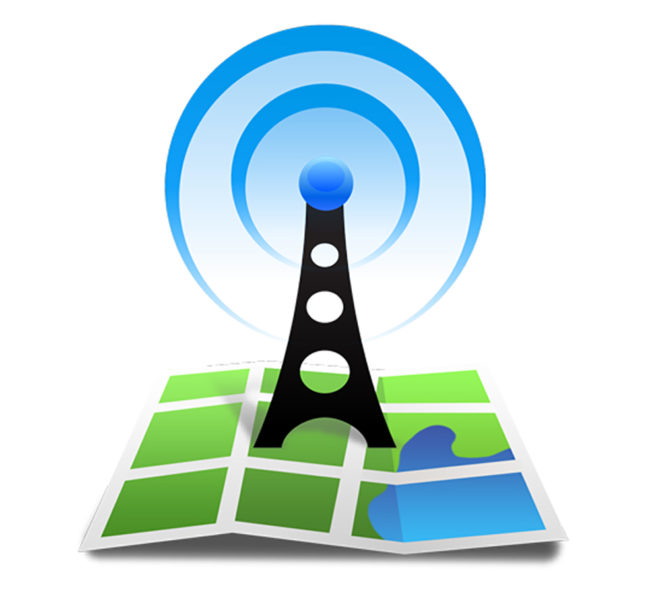T-Mobile shows improvements in Opensignal’s new Mobile Network Experience Report

Opensignal today released its newest report on the state of U.S. mobile networks, and it shows that T-Mobile has made improvements over the past six months.
In all, T-Mobile walked away with one award and one draw in the Opensignal Mobile Network Experience Report for January 2020. It came out on top in the Upload Speed Experience category with a speed of 8.6Mbps, an 18% increase from the July 2019 report.

T-Mo also tied with AT&T in the Voice App Experience category, which measures performance in voice apps like WhatsApp and Skype. In this category, T-Mobile got 79.4 points while AT&T got 79.3, Verizon got 77.3, and Sprint got 75.6.
While T-Mobile didn’t win any other categories, it did show improvement in some of them compared to Opensignal’s July 2019 report. The Download Speed Experience category saw T-Mobile grow its average speed from 23.6Mbps in July 2019 to 25.8Mbps in January 2020, good enough to finish in second place behind AT&T’s 27.5Mbps speed.

Another category in which T-Mo improved is 4G Availability. T-Mobile customers were able to latch onto a 4G signal 95.4% of the time according to this report, a close second behind Verizon’s score of 95.9%. That T-Mo score is up from 94.2% back in July 2019.

Latency Experience got better for T-Mobile, too. In July 2019, T-Mobile’s average latency was 52.6ms, but in the January 2020 report it dropped to 50.4ms. That’s less than one millisecond behind first place finisher AT&T and its score of 49.7ms.
The data for this report came from 5.3 billion measurements made by 1.7 million devices between September 16-December 14, 2019.
While T-Mobile may not have won as many awards as it did in Opensignal’s previous report, it did come in a close second place several times and showed improvements in multiple categories. When you’re a T-Mo customer, it’s good to see that your carrier is improving its network.
You can check out Opensignal’s full report, which includes individual breakdowns for a number of metro areas across the U.S., at the link below.
Source: Opensignal
